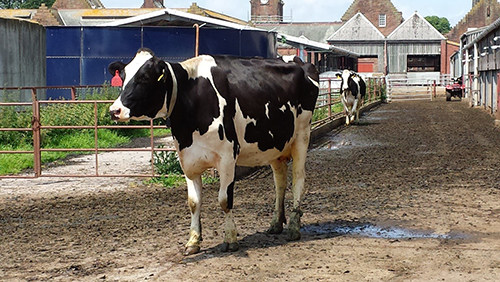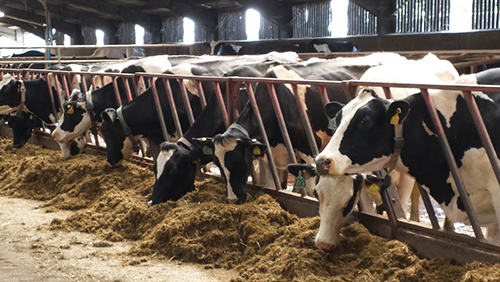Asset management research enhances cattle milk production
Area of expertise: Systems for data-based decisions
The past ten years have witnessed significant changes within farming practice worldwide.
Increasingly farming concerns are generally becoming larger to remain profitable. In the UK the number of dairy cows has fallen from 3.2 million in 1980, to 1.8 million in 2010.
In tandem with this, the average herd size has risen, as those holdings with smaller herds have left the industry.
In spite of these changes, the overall milk production has remained relatively constant (13,319 million litres in 2008 versus 13,539 million litres in 2013) reflecting the fact that farms are operating more intensively in order to optimise production.

Efficiency drive
With the increasing drive for efficiency, the time available to farmers to observe their herd has reduced.
More and more farmers are relying on technology to undertake this function. Throughout the world, there has been a decline in cattle fertility. The reasons for this are complex but poor oestrus detection contribute to low pregnancy rates.
The cost of cattle infertility in the dairy sector can readily be estimated from loss of revenue from milk production. If an eligible cow is not bred, then the farmer loses approximately 21 days of milk production. This equates (approximately) to £150 per cow.

Heat detection
Research at Strathclyde using accelerometers to monitor neck motion, identified that oestrus or ‘heat’ detection could be detected through changes in animal behaviour around the time of ovulation.
SilentHerdsman Ltd was established to commercialise the concept and provide decision support tools into the agricultural sector. The company, recently acquired by Affimilk Ltd, Israel, has systems deployed globally with enhanced diagnostics on the collar to identify eating and rumination patterns.
These behaviours provide an insight into the welfare of the animal and can identify illness before clinical signs are visible to a human observer.